
How Fake Video And Video Ads Impact Website Earnings

Get helpful updates in your inbox
Publishers have what advertisers want—an audience. That audience is so valuable that advertisers pay billions of dollars each year to target them with ads. On the publisher’s side, there are a variety of ways players in the space try to extract the most value possible from advertisers. But occasionally, the value advertisers think is there, isn’t. And in the case of fake video, it’s tricking both the audience and the advertisers to think that there’s unique video content there when there’s none. Fake video is a shady practice because it’s scamming ad networks and advertisers out of money.
So far this year (2020), ad rates for publishers have been negatively affected by the Coronavirus pandemic. Now that they are beginning to improve, advertisers are reaching back into their pockets to target audiences. Digital video ad spend is an area that has been increasing year-over-year, and it’s also becoming a larger percentage of total digital ad spend.
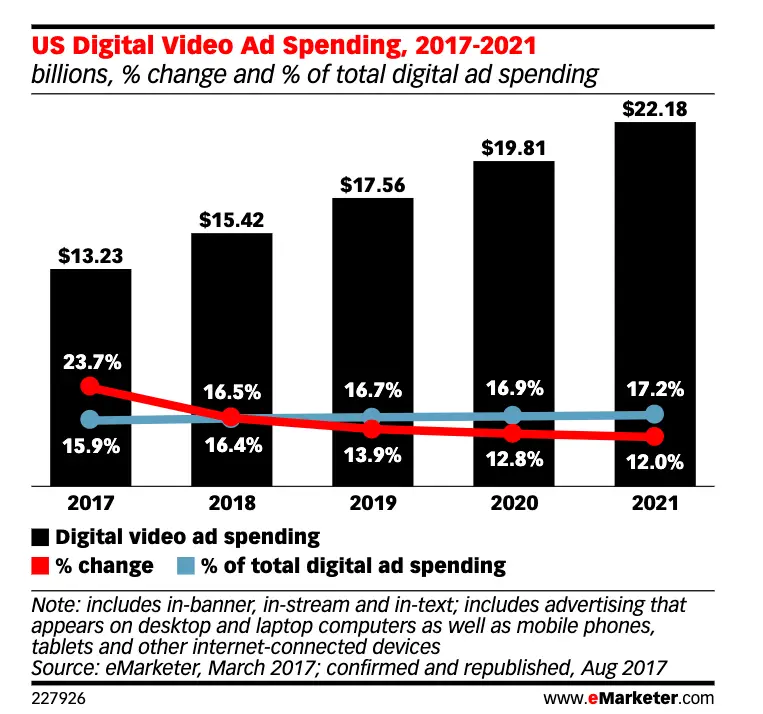
So, what does digital video ad spend have anything to do with publishers?
Google content policies state that content should be unique, original, and purposeful content. Additionally, its policy states that they do not allow sites or accounts that engage in inauthentic or coordinated behavior that misleads users.

Today, I’ll be showing you a strange practice that’s been popping up on websites that is a sneaky attempt to better-monetize with digital video ads. And while you’ll see that some of these “fake videos” aren’t entirely fake, you can be the judge whether you believe they are misleading.
You can also watch this video to better understand fake videos.
What exactly is fake video?
“Fake video” is a broad term that refers to a number of different techniques that walk on a “gray area” of common ad network or ad platform policies. This gray area is specifically around creating “unique content” or content that is supposed to be designed to engage a user.
On top of that, this fake video is created with the sole purpose of generating revenue—and not engaging the audience or providing them with something that is unique or desirable.
Take this video on a website as an example:
This video (which ads play pre-roll on) is a slideshow that simply cycles through the website’s categories. Imagine you’re a visitor to this article and click play, thinking the video is related to the article topic about the “top common problems growing radishes”. But to your disappointment, it’s a slideshow with the categories of the website and nothing more.
A video like that is at the very least, misleading, if not blatantly fake. Because the video has no relation to the topic at hand within the written content. There is no value added for the advertisers or the visitors.
Why are sites using fake video?
Sites are using “fake” video mainly to make money. Publishers might believe that they are getting greater engagement in their articles by getting people to play the videos. But because of the very low quality of the videos and most of them are irrelevant, users are more likely to have a negative experience.
For example: Take this video below. While “Seed Starting Made Easy” is related to the overall theme of the website, it is unrelated to the textual content around it. The article “living a simple life” doesn’t make any mention of seed starting.
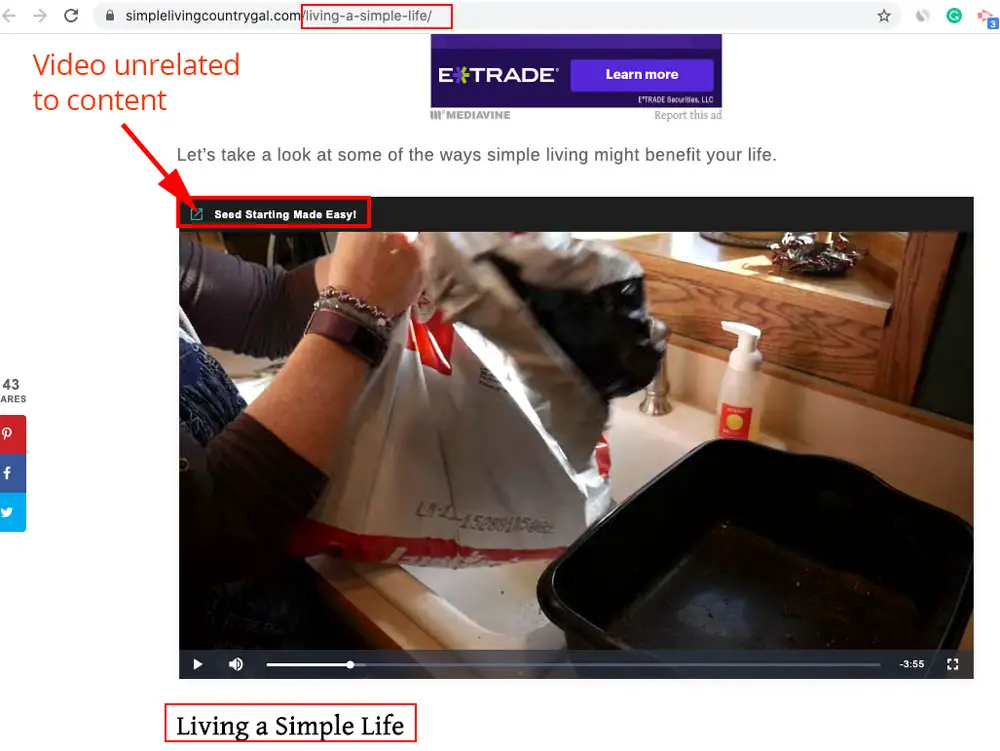
What’s more, while the “seed starting made easy” video links to the blog on that topic, we’ve seen this same video injected across various articles. This shows that it isn’t a one-off occurrence.
At the very least, if you were a reader, wouldn’t you want the article to draw your attention to why the video is there? If “seed starting” is an important aspect to living a simple life, why doesn’t the text tell us why this video is relevant or placed there in the first place?
The answer is that this video was injected into the content for the sole purpose of video ads to play on it pre-roll.
How does video impact visitor experience on articles?
If you have a video that accompanies an article and does a good job of it, it’s going to be a net positive. You’re going to get the visitor to spend longer on the site.
This article unveiling the Battaglin Power+ EVO limited steel road bike aligns with the video that’s placed within the content. It’s an example of good video content and how it can enrich a user’s experience.
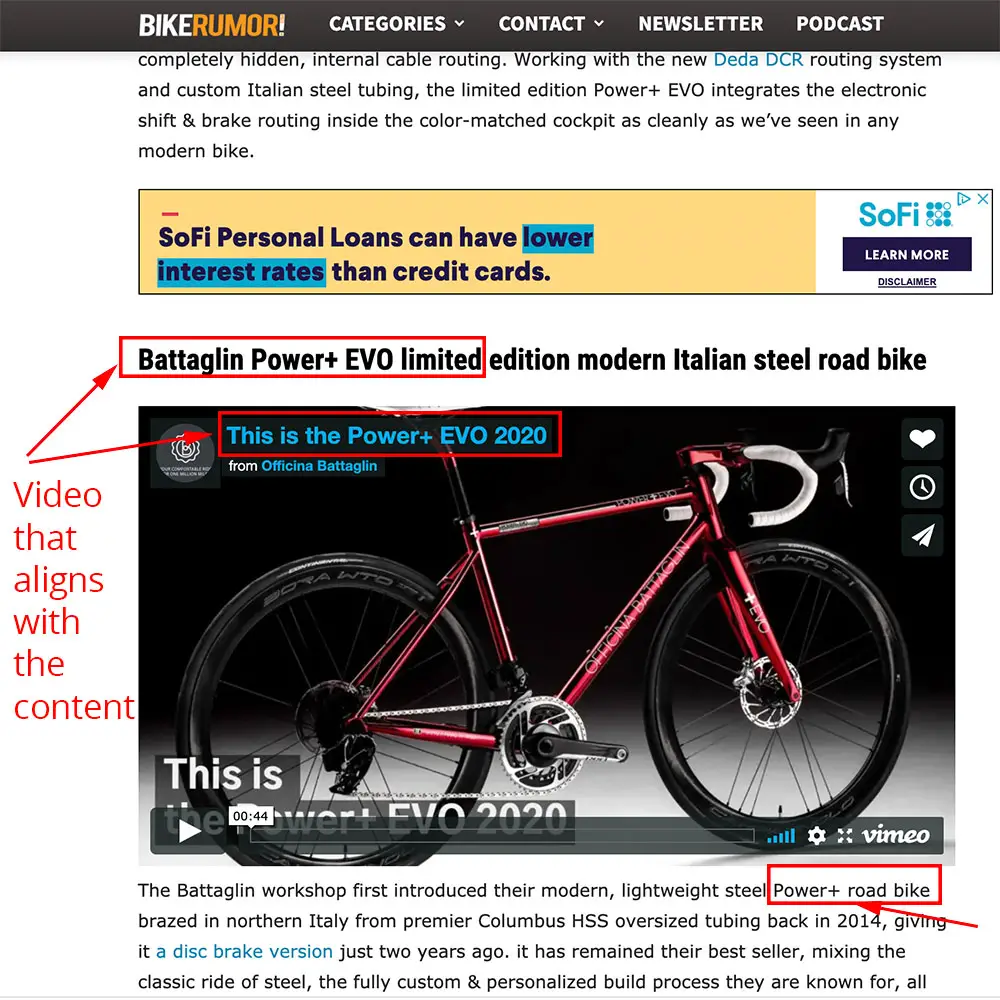
If you treat video this way, you’re going to get better engagement with your content. Additionally, if the video is native, you have the potential to run ads on that content. Which plays out like anything else. Video in the right circumstances ads a ton of value to user experience and to ad revenue.
The problem arises when it takes away from those two things.
For example: The article below is titled “How to add a mouseover pin it button on your blog.”
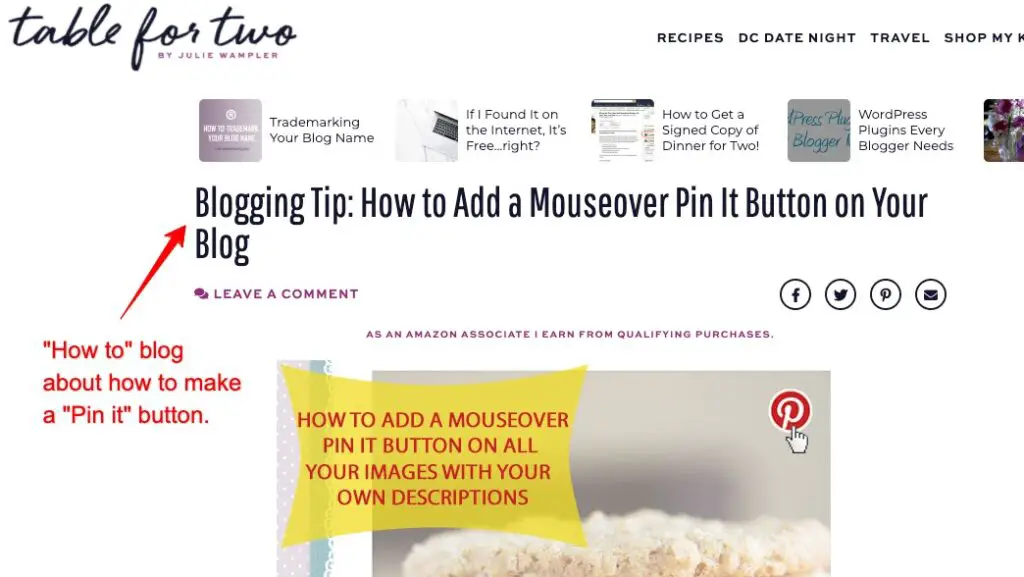
But when you scroll deeper within the article, you discover a video in the content. Ads play pre-roll on the video (big surprise). Once it plays, you realize it is a slideshow of “15 recipes to make this summer.”
While it might be relevant to the overall theme of the website, this type of unrelated video might detract from a visitor’s experience.
If you landed on this article in hopes to create your own mouseover pin it button, why is there a video of 15 recipes to make this summer? This video placement doesn’t make sense given the article topic.
The video may be “real”, but it’s once again revealing the truth. That this video is injected across many articles on this person’s blog. Not as a way to boost a user’s experience, but to increase ad revenue. It’s misleading at best.
How do ad rates work for video ads?
Ad rates work the same way for video ads as they do for display ads. All ads have the ability to dilute each other. Every ad takes away value from another ad in some way, shape, or form.
Take this ad in the sidebar on a Jiu-Jitsu website. It’s getting a $50 CPM, so you decide to add another ad in the sidebar in hopes of doubling your CPMs.
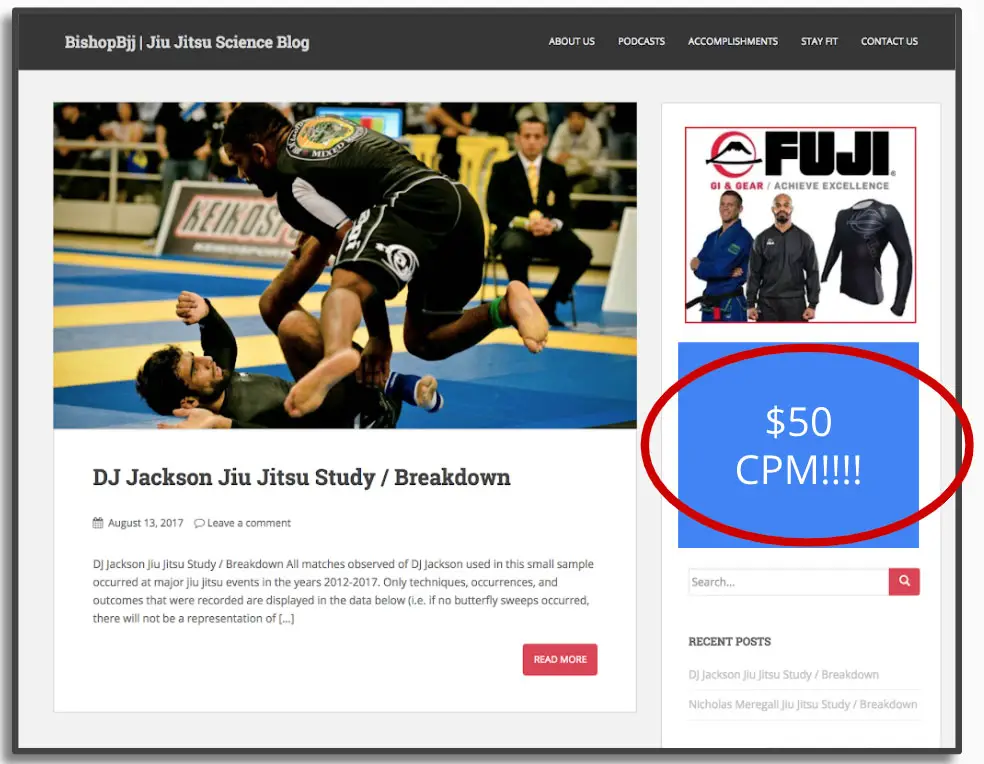
A few weeks later, and you see that instead of doubling your CPMs, the value of the two sidebar ads split in half. Why is this? It’s because the value of your ad inventory works a lot like supply and demand. The more available ad spaces (supply) you have on your website, the lower value you will get for those spaces over time. And if that number is fixed (let’s say, 15 ads per page across all pages), the effect is even more damaging to ad rates.
Note: This is why publishers who use Ad Tester avoid this phenomenon entirely. Ad Tester uses machine learning to test the number of ads per page, ad sizes, colors, and much more on a per-user, per visit basis to improve UX and revenue over time.
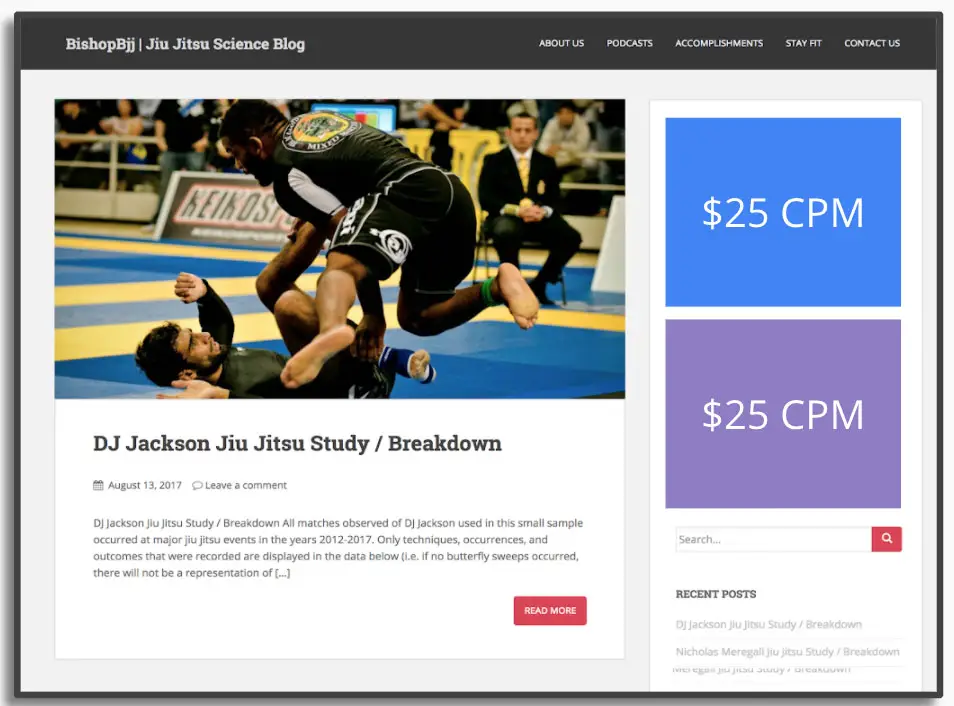
Video ads and display ads both follow the same pattern of supply and demand.
If you run a bunch of low-quality video ads on videos that no one watches, you’re very likely over time to hurt video ad rates. Not only that but whatever URLs that those videos are running on, it’s likely going to lower the value of all display ads on that page.
Can fake video cause my site to be blacklisted by advertisers?
Yes. Advertisers will blacklist websites that offer no value. If your website has low-quality traffic or uses inauthentic ad practices, it might be blacklisted once advertisers realize they aren’t getting the bang for their buck they thought they would. The same holds true for video ads.
Here’s how this works: Advertisers are going to look at every URL and the historical bidding data associated with them. Then they will ask, “What are we getting for our money from these URLs?”
This might not be done by a person either (although it often could be). Programmatically, all bidding is based on historical data, and as things like campaign performance (CPA, automated goals), viewability, click-through-rate, and other advertiser KPIs shift on certain domains or URLs they may automatically blacklist them or stop bidding because of thresholds set inside their campaign settings. Often, this is controlled using large-scale tools on the advertiser side. They don’t even need to see the site to decide that something isn’t right and automatically begin eliminating it from campaigns.
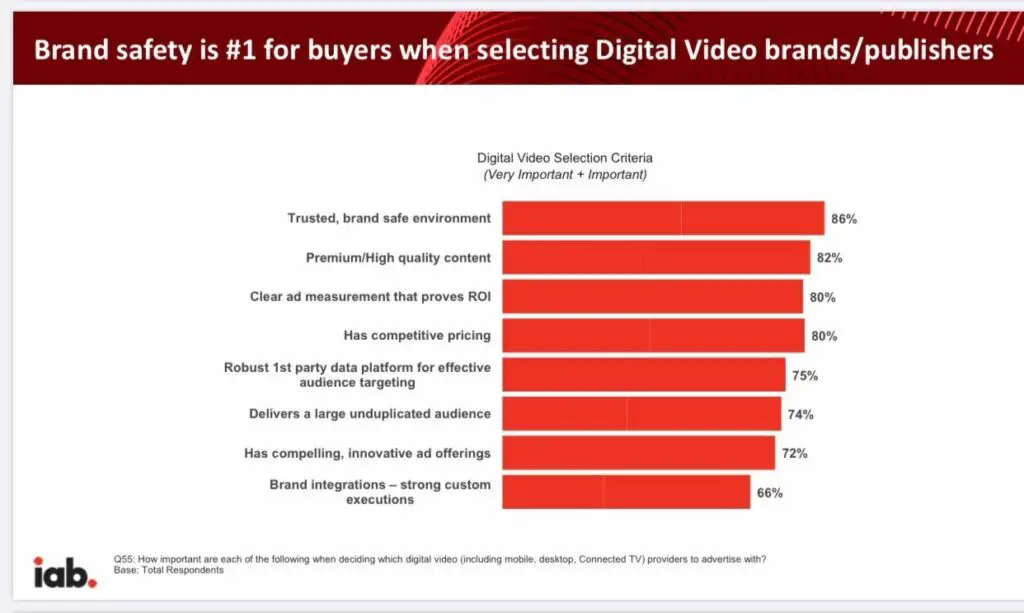
Ultimately, whether the low-quality video ads were on purpose or done programmatically, they will be blacklisted by advertisers. As you can see in the IAB 2020 Q2 video report above, advertisers care most about where their video appears and if it is genuinely engaging with the audience or not.
The video below is a good example of a URL that might ultimately get blacklisted by advertisers. The article is titled “Do Bettas eat snails?”. The video has ads pre-roll before the content. Then when the video plays, it is 8 plus minutes of a fish swimming in a tank. The audio is a person who reads the entire article text out loud.
Again, while this video isn’t “fake”, it’s extremely low-quality. If a visitor plays this video, do you really think 8 minutes of a fish tank and a voiceover readout of the blog is engaging? Probably not.
How will advertisers treat sites that feature fake video?
In the long run, advertisers are likely to blacklist these sites entirely. Additionally, they may even look at a cohort of sites that are doing this systemically and blacklist them as a group.
“Fake” video over time will ultimately degrade the value of display and video ads on the page. This will happen incrementally, in most likely 6-8 weeks at a time, but will really vary depending on a number of factors including how much traffic a site sees and how many ad impressions they get on pages featuring video.
So in the beginning, ad rates might seem high, but over time when advertisers figure out that the videos they are serving ads on are useless and not unique, they will blacklist those URLs. Then future advertisers will bid less and less on those videos and display ads in general.
The moral of the story is: add video content that is relevant to your written content. There shouldn’t be a disconnect between the video embedded in the article and the topic of the article itself. Advertisers don’t like to waste money. And once they realize their ads are playing pre-roll on multiple low-quality videos, they will most likely make sure they don’t serve ads on that publisher’s URL in the future.
The best advice is to keep making great content that is helpful to your readers, and the ad revenue will follow. Try to avoid clever shortcuts that don’t seem like they genuinely make sense. Do you have any questions on fake video? Let me know in the comments.

Allen is a published author and accomplished digital marketer. The author of two separate novels, Allen is a developing marketer with a deep understanding of the online publishing landscape. Allen currently serves as Ezoic's head of content and works directly with publishers and industry partners to bring emerging news and stories to Ezoic publishers.
Featured Content
Checkout this popular and trending content

Ranking In Universal Search Results: Video Is The Secret
See how Flickify can become the ultimate SEO hack for sites missing out on rankings because of a lack of video.
Announcement
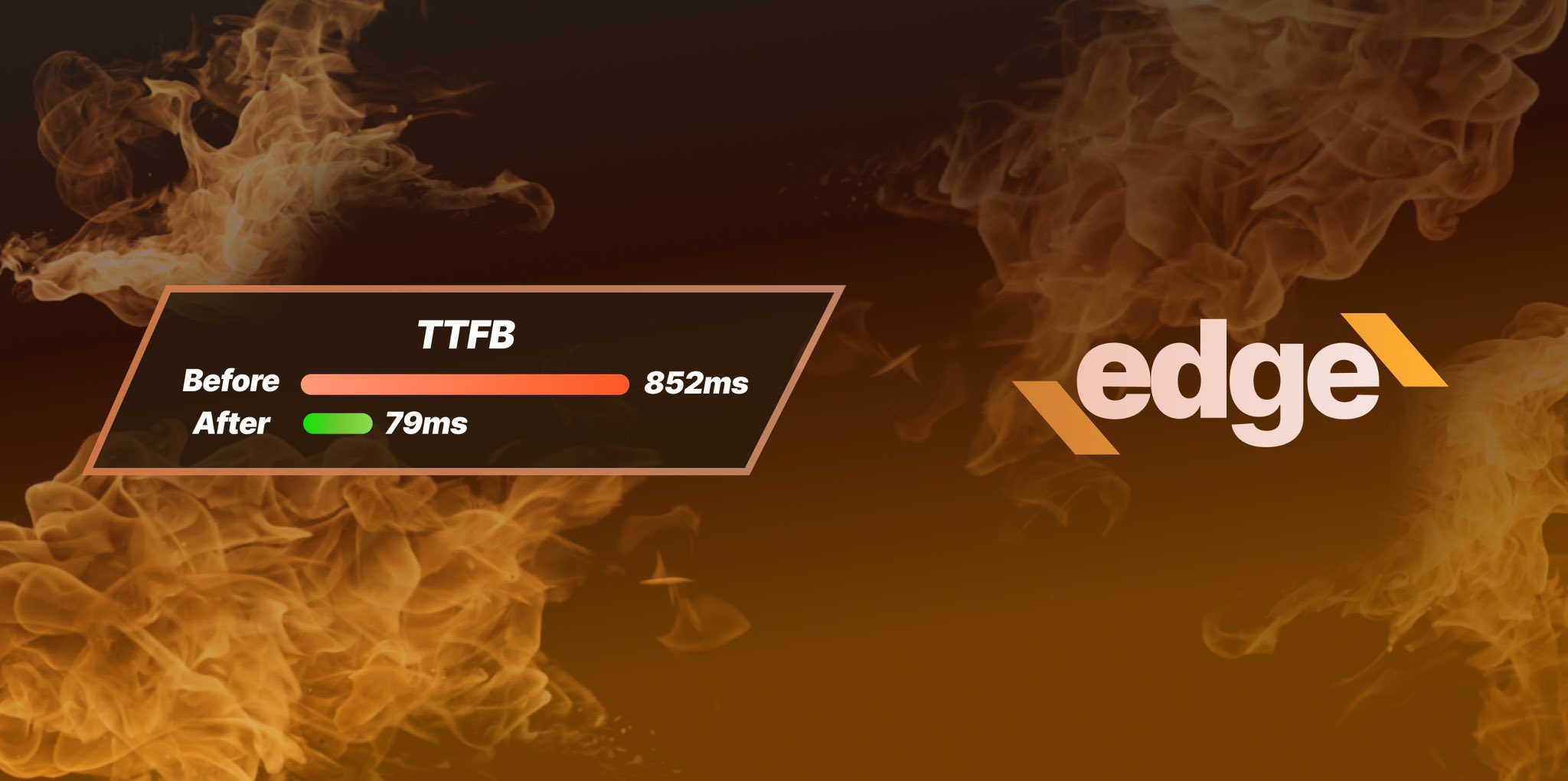
Ezoic Edge: The Fastest Way To Load Pages. Period.
Ezoic announces an industry-first edge content delivery network for websites and creators; bringing the fastest pages on the web to Ezoic publishers.
Launch
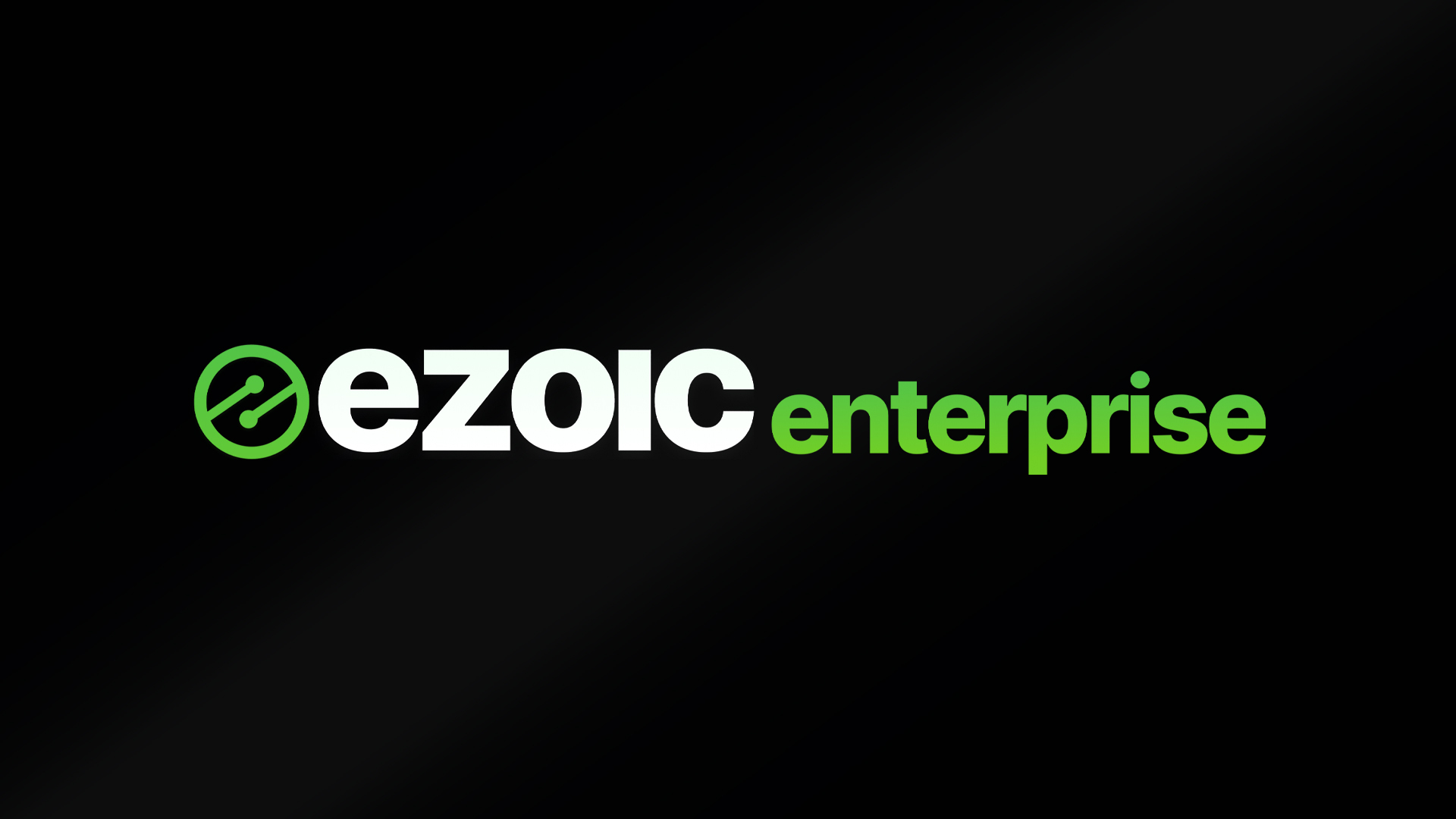
Ezoic Unveils New Enterprise Program: Empowering Creators to Scale and Succeed
Ezoic recently announced a higher level designed for publishers that have reached that ultimate stage of growth. See what it means for Ezoic users.
Announcement
